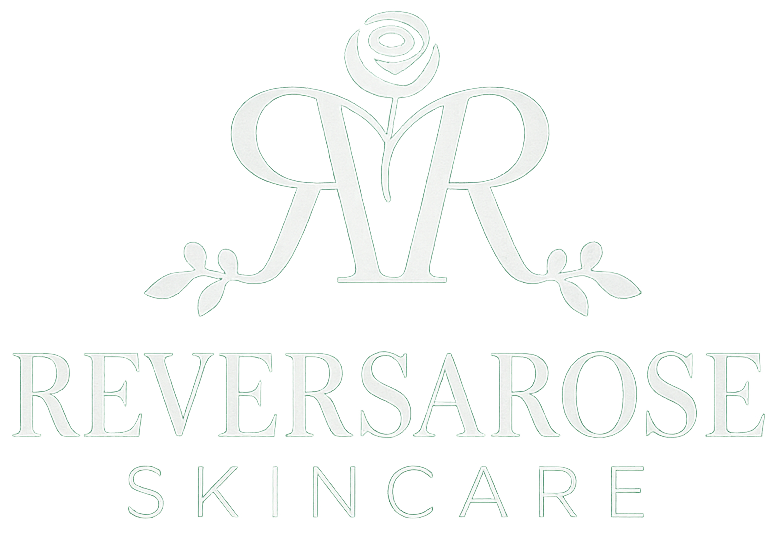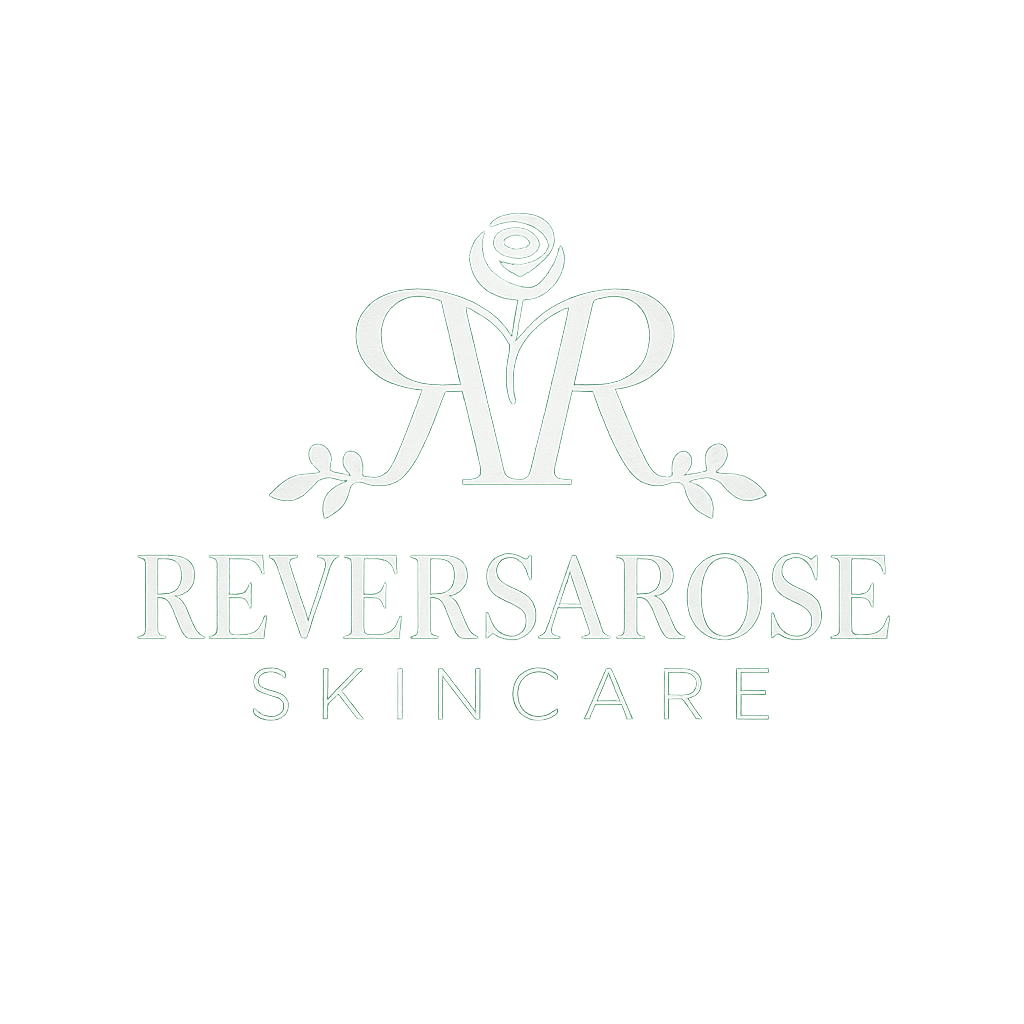 Marissa Morris May 17th, 2022
Marissa Morris May 17th, 2022 Fragrances are in everything and I mean everything. A fragrance is described as a ‘pleasant, sweet smell’ according to the Oxford Dictionary and no, it is not just a perfume or cologne. A fragrance can be in any type of consumer product such as soaps, hand sanitizers, laundry supplies, cleaning products, candles, personal care products, and that is a few out of hundreds. So yeah, they are pretty much in everything. Why are nice smelling products such a problem? Well…they have been associated with a range of different adverse health effects such as migraine headaches, asthma attacks, respiratory difficulties, neurological problems, mucosal symptoms, and contact dermatitis just to name some. They really are an issue. When looking at an ingredients label, we only see the word ‘fragrance’ but in actuality, that single word is hiding up to several hundred chemicals and nearly 3,000 compounds.
According to the US Consumer Product Safety Commission, ingredients do not need to be fully listed on either the product label or MSDS/SDS (material safety data sheet). A previous study stated that out of 550 volatile ingredients, 230 were classified as toxic/hazardous, and only 3% were listed on the product label. Studies wanted to know the percentage of Americans exposed to fragrance in a week and the results were staggering: 99.1% of the population are exposed to fragrance whether it is their own, another consumer’s, or both. Yikes! Just to think it couldn’t get any worse, of that 99.1%, 34.7% of the population reported having adverse health effects, and 46.4% were not aware that a fragrance in a product was classified from seven dozen to several hundred chemicals.
After learning all of that, it is hard not to pay attention to what has been right in front of us this whole time. If this is concerning to you, I recommend going through your most used products, reading the ingredient label, and learning what it is you are using in your home and on your body. If you choose to discard these products and eliminate yourself from the scent, I can almost guarantee you that when you smell it on the whim, you will notice a difference in how your body responds to it. Anytime someone opens up a Bath & Body Works hand sanitizer, sprays perfume/cologne on a train, or hands you a scented laundry detergent, your mind will wonder what ingredients are truly in that product.
If you love scents, I recommend moving toward organic essential oils, and no! They aren’t boring or your traditional mint or lavender. There are many wonderful ones such as watermelon, strawberry, raspberry, linen, and more. You are not limiting yourself but actually bettering your health.
Steinemann, Anne. “Fragranced Consumer Products: Exposures and Effects from Emissions.” Air Quality, Atmosphere, & Health, Springer Netherlands, 2016, https://www.ncbi.nlm.nih.gov/pmc/articles/PMC5093181/#:~:text=Fragranced%20products%20have%20been%20associated,contact%20dermatitis%20(Kim%20et%20al.

